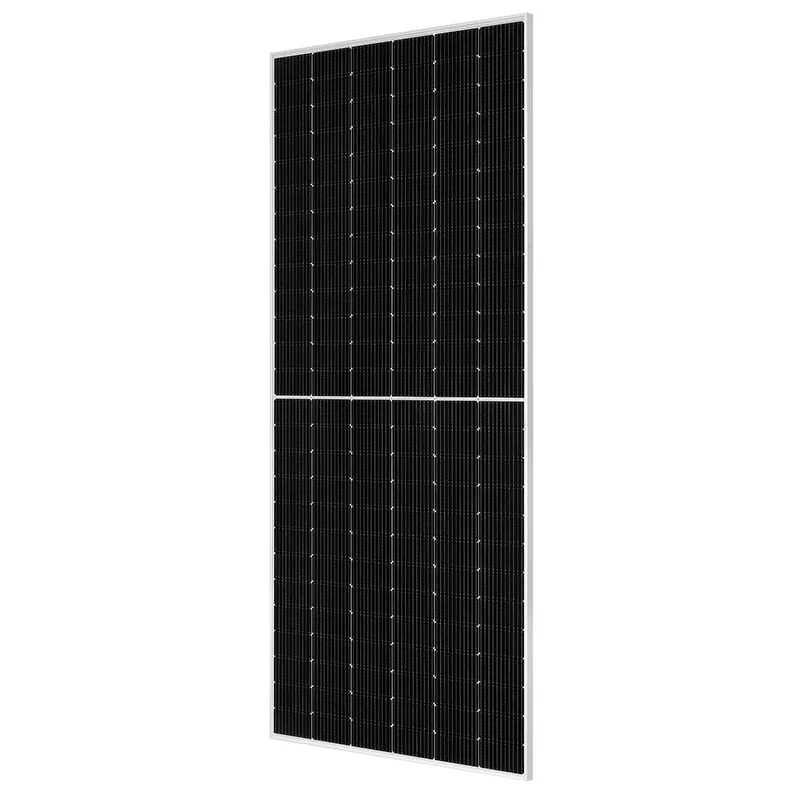standard solar panel size
Understanding Standard Solar Panel Size
As the world increasingly shifts towards renewable energy sources, solar power has emerged as one of the most accessible and effective options. A key aspect of this technology is the size of solar panels, which can significantly influence installation, energy efficiency, and overall system performance. Understanding the standard size of solar panels is crucial for homeowners and businesses considering solar energy solutions.
Standard Dimensions
The dimensions of a solar panel can vary based on the type of technology and its intended application. However, most residential solar panels typically measure around 65 inches by 39 inches (about 1.65 meters by 1 meter). This size allows for a balanced combination of efficiency and installation practicality. In terms of surface area, these panels generally occupy about 17.5 square feet (approximately 1.6 square meters).
Commercial solar panels tend to be slightly larger, often measuring around 77 inches by 39 inches (about 1.96 meters by 1 meter), providing a greater energy output and making them suitable for large-scale installations. Despite the size differences, the efficiency of solar panels plays a more significant role in their overall performance than dimensions alone.
Efficiency and Output
The efficiency of a solar panel refers to its ability to convert sunlight into usable electricity. Most standard residential solar panels have efficiency ratings ranging from 15% to 22%. This means that once you install several panels, their combined output can meet a substantial portion of your energy needs. High-efficiency panels are generally more compact, allowing you to generate more power in less space, which is particularly beneficial for rooftops with limited area.
standard solar panel size

A standard 300-watt solar panel, which is common in many residential setups, can produce approximately 1.2 to 1.5 kWh of energy per day, depending on factors like location, sunlight exposure, and panel orientation. Understanding these outputs helps homeowners estimate how many panels they might need based on their daily energy consumption.
Installation Considerations
When planning a solar panel installation, understanding standard panel sizes is essential for the layout and structural support of the installation site. Roofs have specific dimensions and orientations that may limit the number of panels that can be installed. Solar installers often conduct site assessments to maximize efficiency, considering factors like shading from trees or buildings, roof angle, and orientation towards the sun.
Another consideration during installation is the type of mounting system used. Fixed mounts, adjustable mounts, and tracking systems all occupy different amounts of space and can influence the overall energy output of the solar panel system.
Conclusion
In summary, the standard solar panel size is a fundamental element of designing solar energy systems. By understanding standard dimensions, efficiency ratings, and installation factors, homeowners and businesses can make informed decisions that align with their energy needs and space availability. As solar technology continues to evolve, innovations in panel design and efficiency will likely lead to more compact solutions, further enhancing the accessibility and viability of solar energy in everyday life. This renewable energy source not only helps reduce carbon footprints but also promotes energy independence and sustainability, making the knowledge of solar panel sizes increasingly relevant in our modern society.
-
Unlocking Energy Freedom with the Off Grid Solar InverterNewsJun.06,2025
-
Unlock More Solar Power with a High-Efficiency Bifacial Solar PanelNewsJun.06,2025
-
Power Your Future with High-Efficiency Monocrystalline Solar PanelsNewsJun.06,2025
-
Next-Gen Solar Power Starts with Micro Solar InvertersNewsJun.06,2025
-
Harnessing Peak Efficiency with the On Grid Solar InverterNewsJun.06,2025
-
Discover Unmatched Efficiency with the Latest String Solar InverterNewsJun.06,2025







